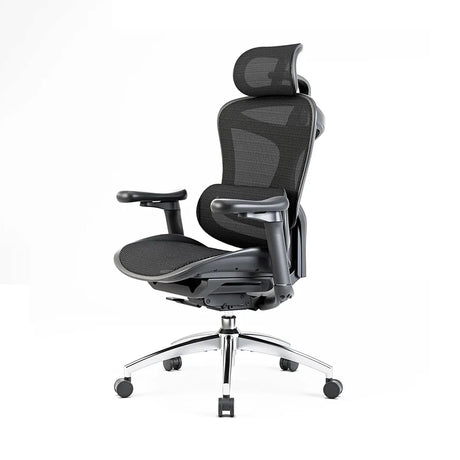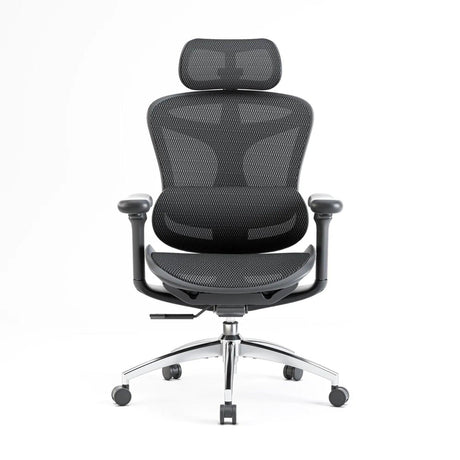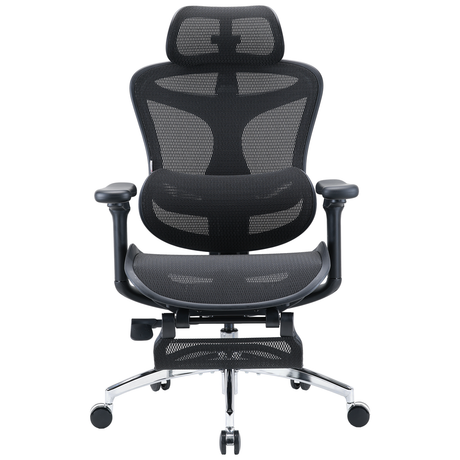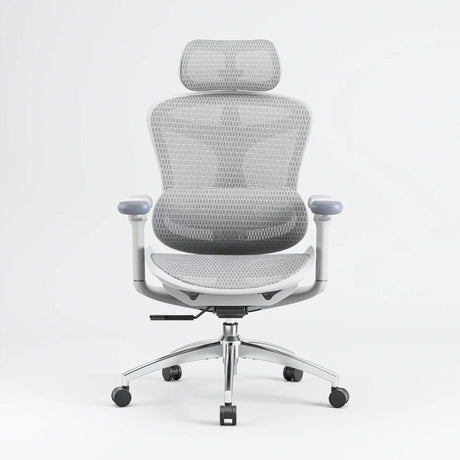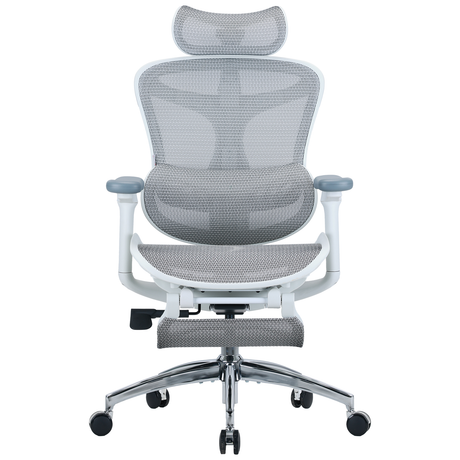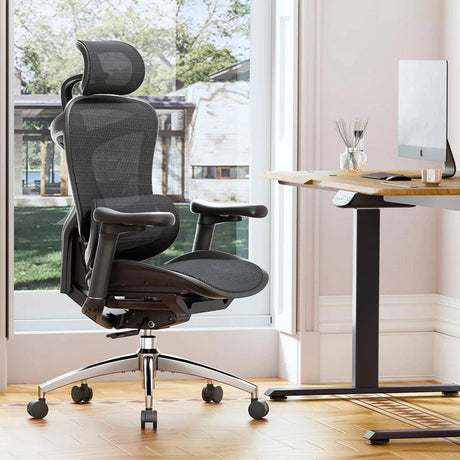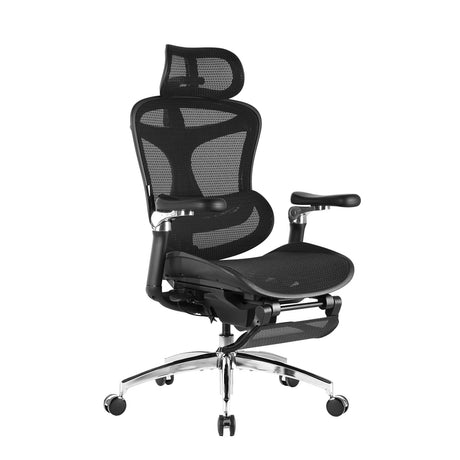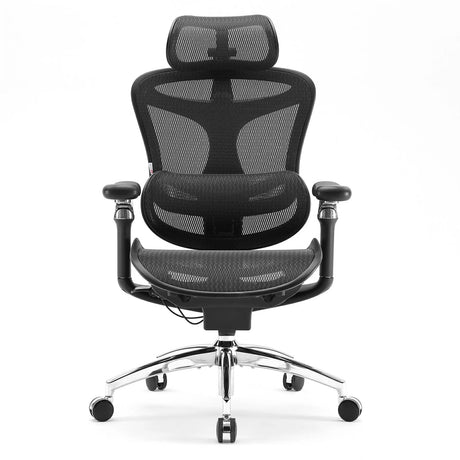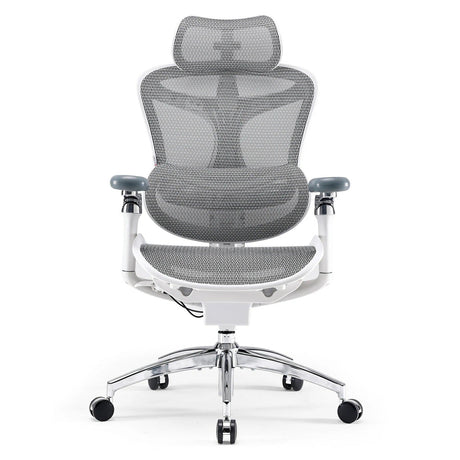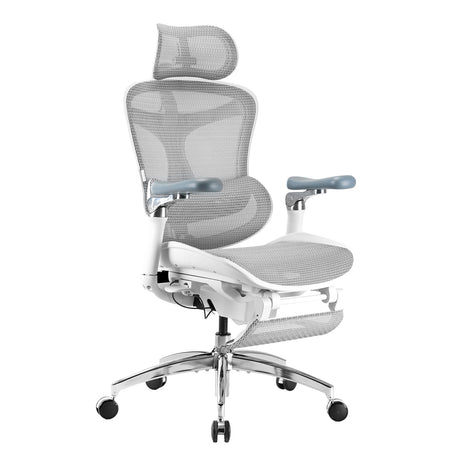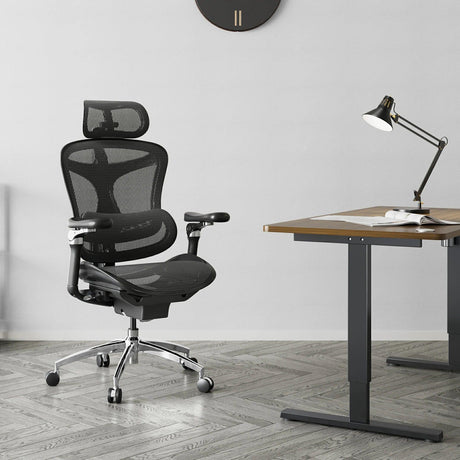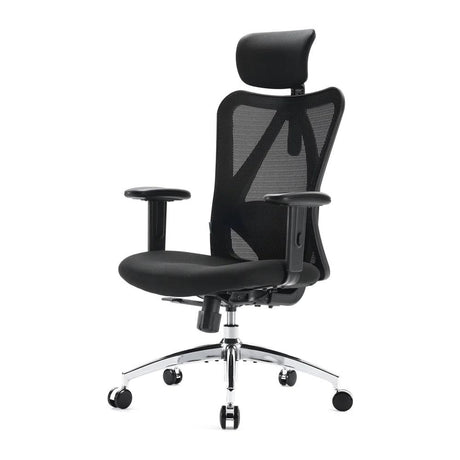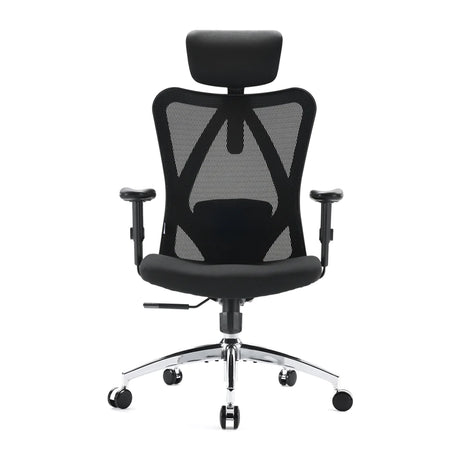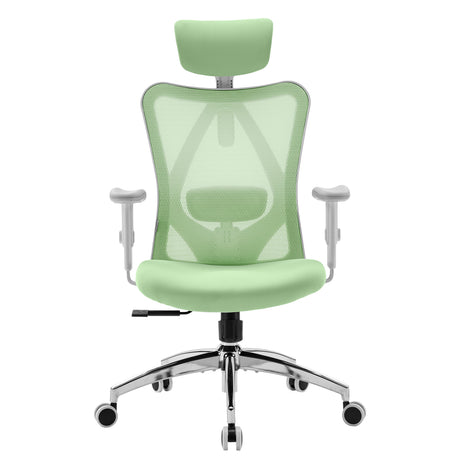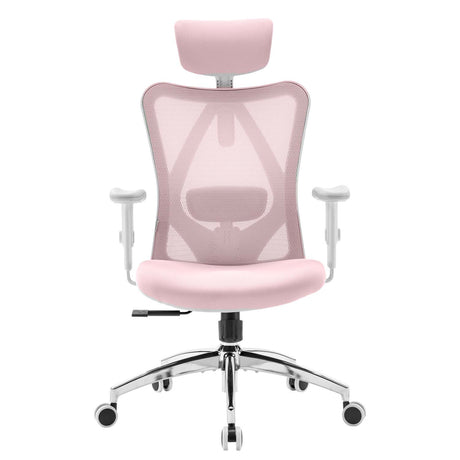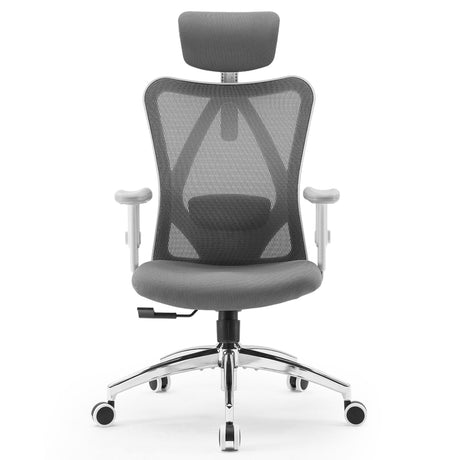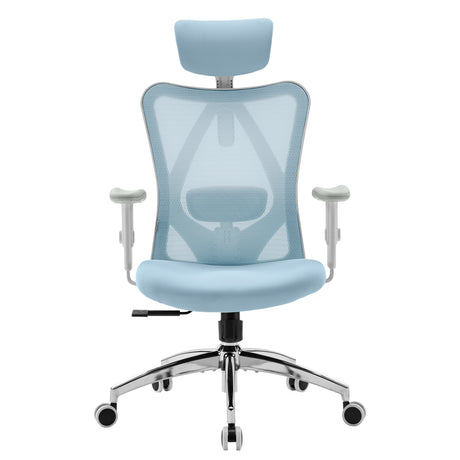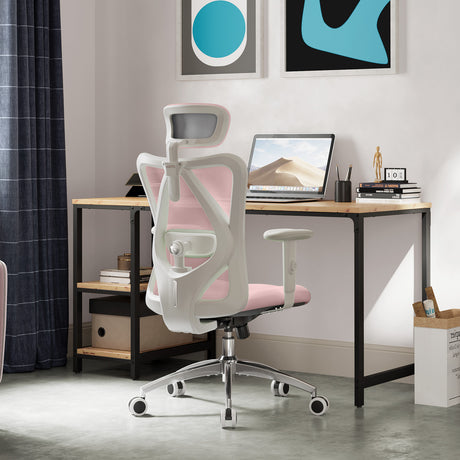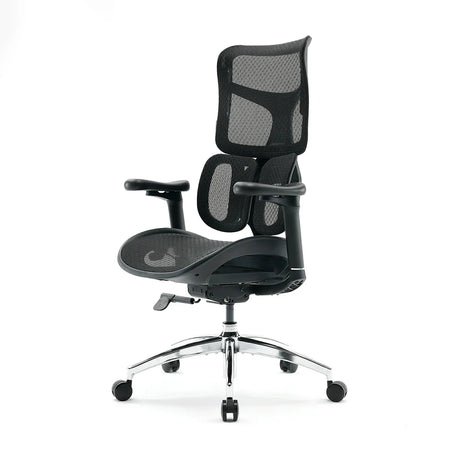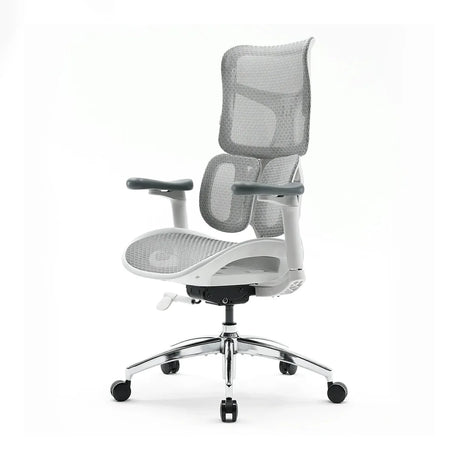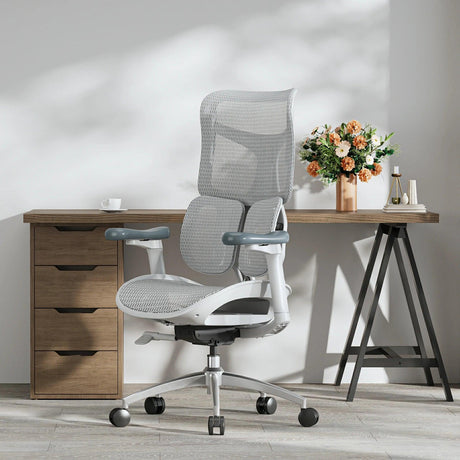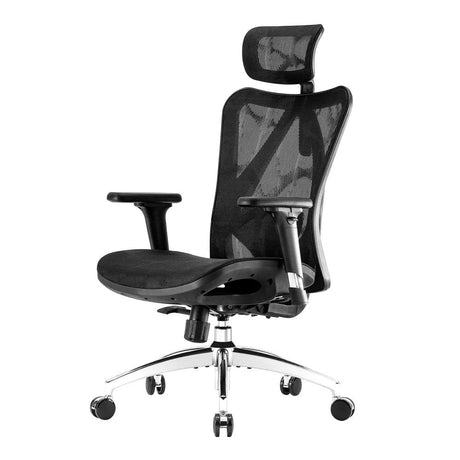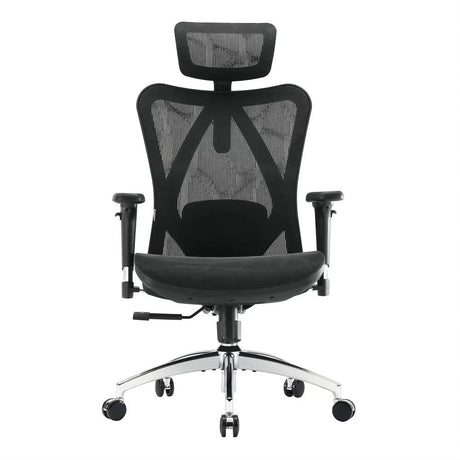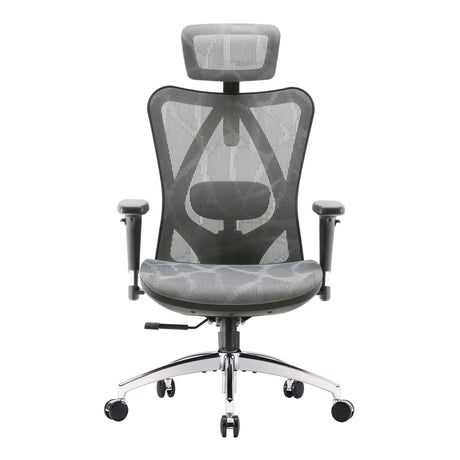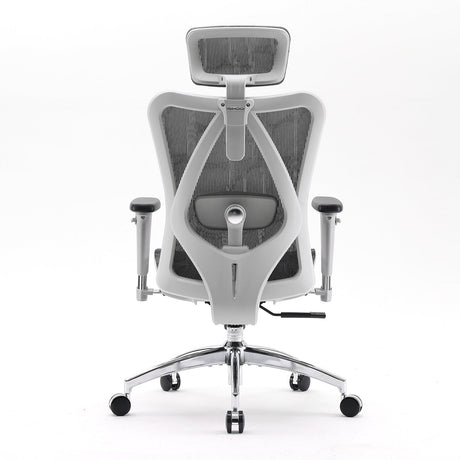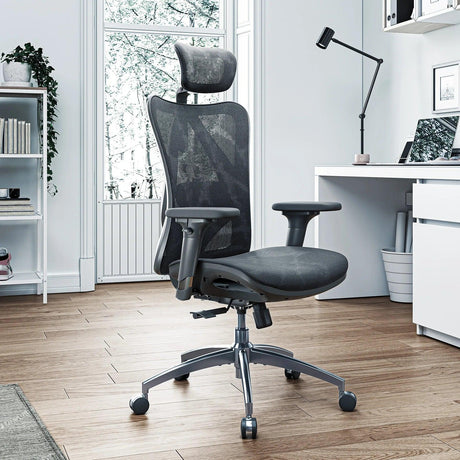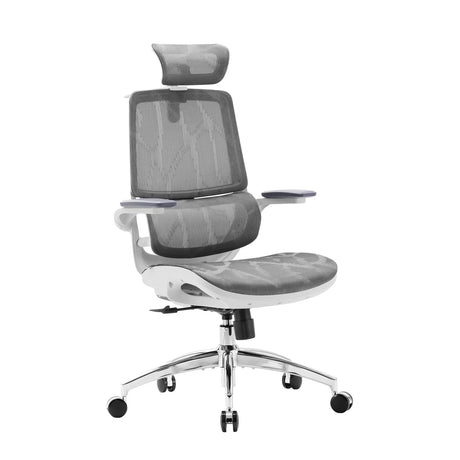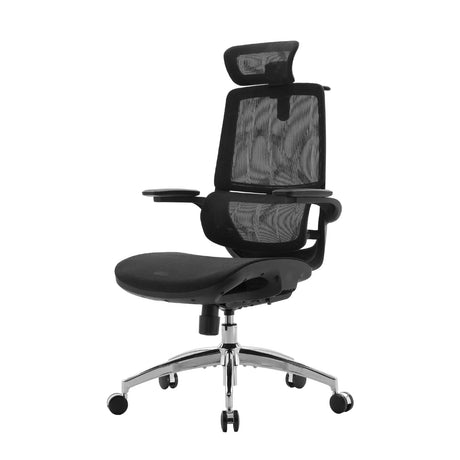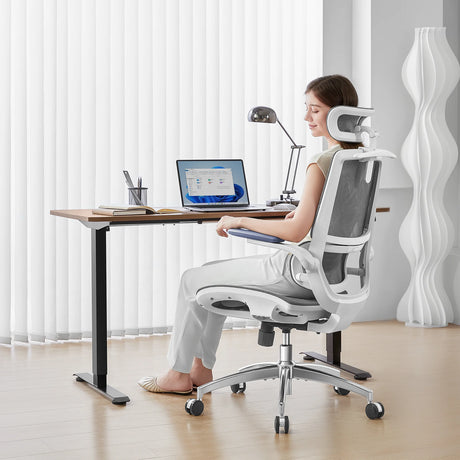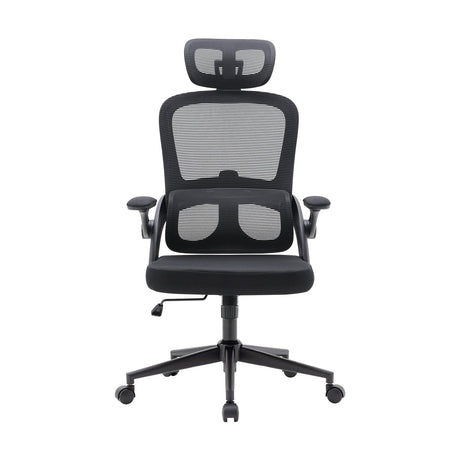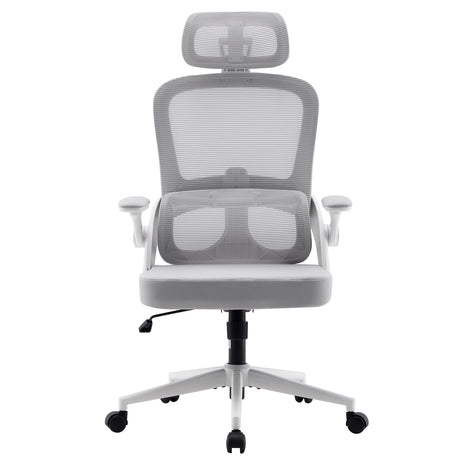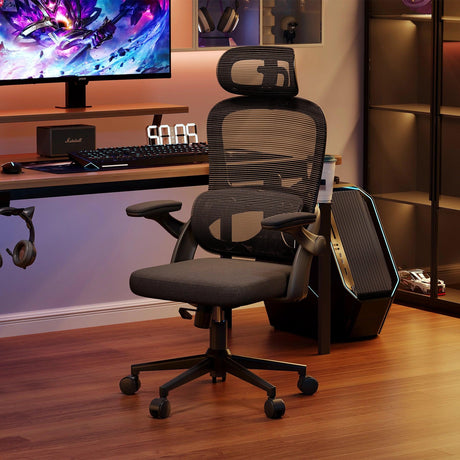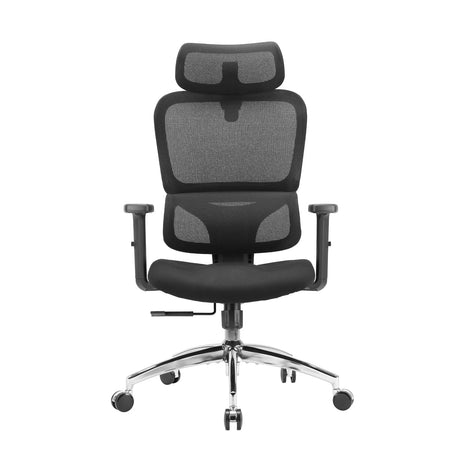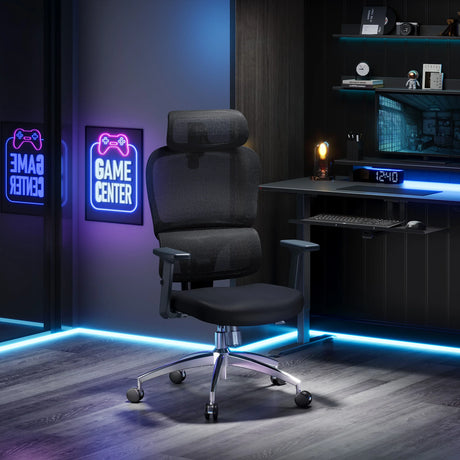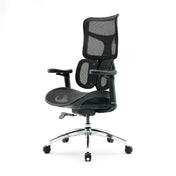When it comes to office furniture, one component often overlooked but crucial to both comfort and mobility is the caster wheel. Whether you’re working from home or at a corporate office, the ability to roll smoothly and freely is essential. But what happens when your office chair starts acting up and you need to replace those worn-out caster wheels? The burning question is: Will office chair caster wheels fit each other?
Let’s break down the important factors to determine whether all caster wheels are interchangeable and help you make the right choice when it’s time for a replacement.
1. Understanding the Basics of Caster Wheels
Caster wheels are small, rotating wheels mounted on a base or bracket that allows office chairs to glide easily across floors. They come in various sizes, materials, and types, but the most important feature to consider when replacing them is the stem type.
The stem is the part of the caster that fits into the base of the chair. There are two main types of stems: standard stem and slip-on stem. Each has specific requirements when it comes to fitting into your chair.
2. Types of Caster Wheel Stems
When replacing your caster wheels, it's important to know the specific type of stem your chair requires. Here are the most common types:
a) Grip Ring Stem
This is one of the most common types of stems found in office chairs. The grip ring allows the caster wheel to stay securely in place once it's inserted into the chair base. Grip ring stems come in different sizes, typically ranging from 7mm to 11mm in diameter.
b) Straight Stem
Straight stems are just a simple, cylindrical metal piece that fits into a hole in the chair base. These are more commonly found on cheaper or older chairs. They can sometimes be easier to replace, as long as you have the right size.
c) Push-In Stem
A push-in stem is typically used for chairs with a simple setup. Instead of a locking mechanism like the grip ring, the caster wheel simply pushes into the hole in the chair base. This type of stem is generally less secure than other options but works well for light-duty chairs.
d) Threaded Stem
Threaded stems screw directly into the base of the chair, much like a bolt. This is a more secure option, often used in higher-end office chairs. Threaded stems come in various sizes (e.g., M8, M10, etc.), so you need to match the correct thread size with the hole in your chair base.
3. Key Factors That Affect Compatibility
Not all caster wheels are created equal, and their compatibility depends on several factors:
a) Stem Diameter and Length
One of the biggest factors that affect caster compatibility is the diameter of the stem. If the stem is too thick or too thin for the chair base, it won’t fit properly, and you’ll struggle with instability or even cause damage to the chair’s base.
You also need to consider the length of the stem. Some office chairs require a deeper stem, while others require shorter ones. For instance, if the stem is too short, it won’t provide enough height for your chair, making it uncomfortable to sit in. Too long, and the caster may not stay securely in place.
b) Weight Capacity
Another key consideration is the weight capacity of the caster wheel. Some caster wheels are designed to handle heavy-duty office chairs, while others are built for lighter models. If you plan to replace your caster wheels, ensure that they can support your chair’s weight, as well as the person sitting in it. Heavy-duty caster wheels are typically made from more durable materials such as polyurethane or rubber.
c) Floor Type
The type of floor in your office (hardwood, carpet, tile, etc.) can affect the compatibility of the caster wheels. Some caster wheels are designed specifically for carpeted floors, while others are optimized for hard floors. For example, soft rubber caster wheels are ideal for hard floors like tile or hardwood, as they won’t scratch the surface. In contrast, hard plastic or nylon caster wheels are better for carpets.
4. How to Choose the Right Caster Wheels for Your Chair
When selecting replacement caster wheels for your office chair, keep these guidelines in mind:
- Measure the Stem: First, measure the diameter and length of your current caster wheel stem. This ensures that the new casters will fit your chair base. You can usually find this information in your chair’s manual or by removing one of the existing casters and measuring it directly.
- Check the Thread Type: If your chair uses threaded casters, make sure to match the thread size to the corresponding threaded stem on the new caster. Common thread sizes are M8, M10, and M12, but it’s essential to double-check.
- Consider the Weight and Durability: For office chairs with heavy users or frequent movement, choose caster wheels with reinforced materials like steel or heavy-duty polyurethane. This ensures they will last longer without wearing down quickly.
- Floor Surface Compatibility: Choose casters that are appropriate for your office floor. For hard floors, go for soft rubber wheels. For carpeted floors, choose wheels with a harder material, like nylon or polyurethane.
5. Can You Mix and Match Caster Wheels?
While it’s generally recommended to stick with matching casters for uniformity, it’s possible to mix and match, as long as the following conditions are met:
- The stem size and type are compatible with your chair.
- The weight capacity is the same or better across all the caster wheels.
- The flooring requirements are consistent with the type of surface you have.
However, mixing and matching different wheels could lead to inconsistent mobility or stability, so it’s best to use a full set of identical caster wheels for optimal performance.
6. When Should You Replace Your Caster Wheels?
Over time, caster wheels can wear down or become damaged. Common signs that it’s time to replace your office chair casters include:
- Difficulty rolling the chair
- Squeaking or grinding noises
- Wobbling or instability
- Visible cracks or damage to the wheel
Replacing worn-out caster wheels can improve your chair’s performance and ensure that you continue to work comfortably and efficiently.
Conclusion
In most cases, office chair caster wheels will fit each other as long as they share the same stem size, type, and weight capacity. However, to ensure smooth, reliable rolling and prevent damage to your chair or flooring, always double-check these factors before making a purchase. By carefully selecting the right caster wheels for your office chair, you’ll maintain comfort and mobility for years to come.
So, the next time you're facing a caster wheel dilemma, make sure you know what you’re working with—because the right fit can make all the difference!

